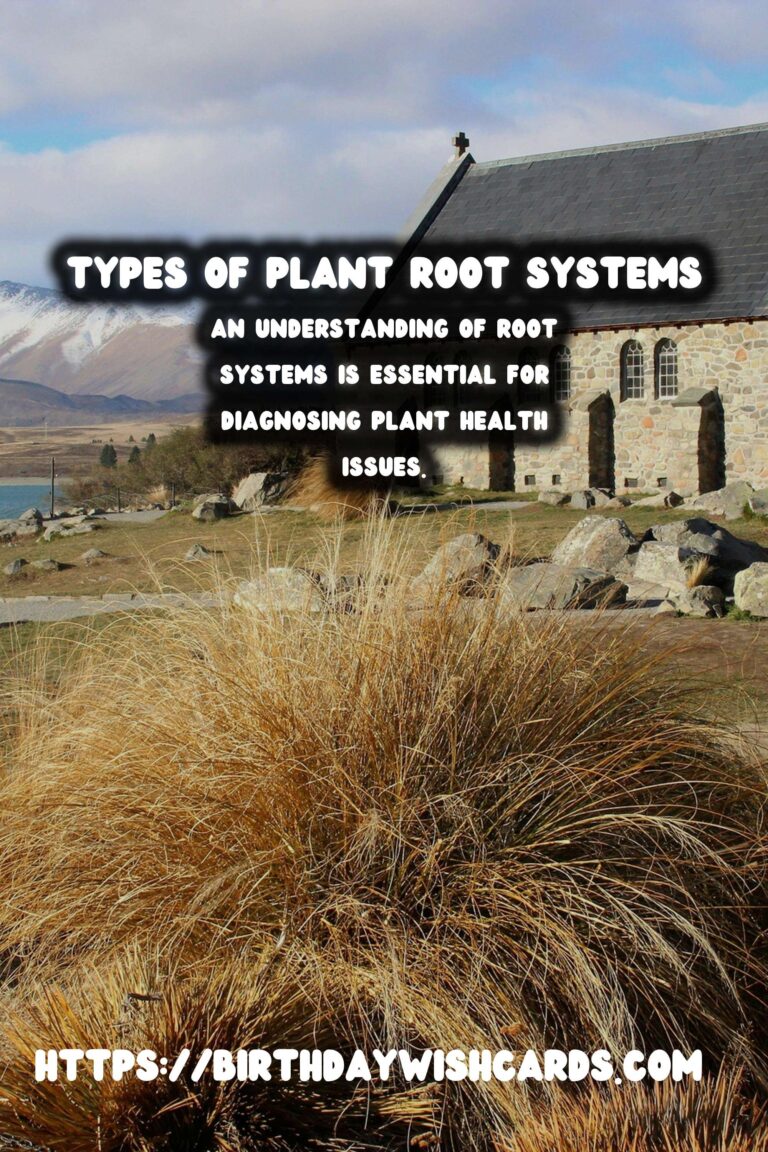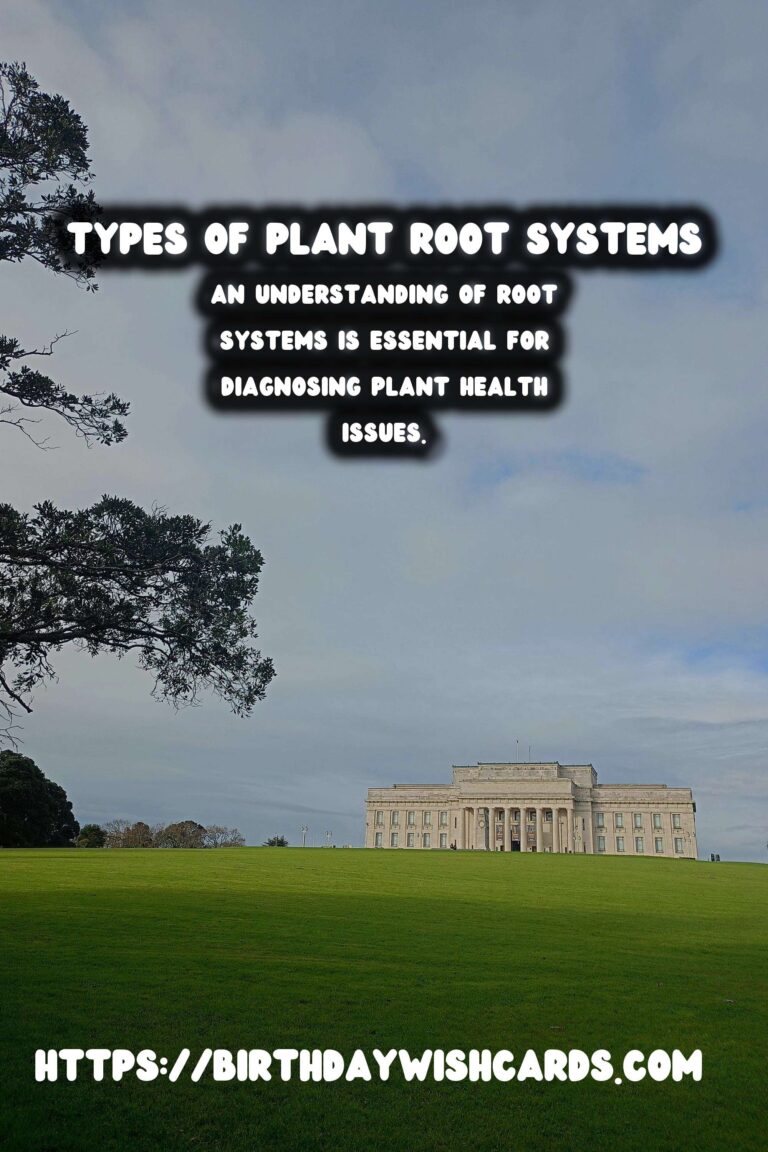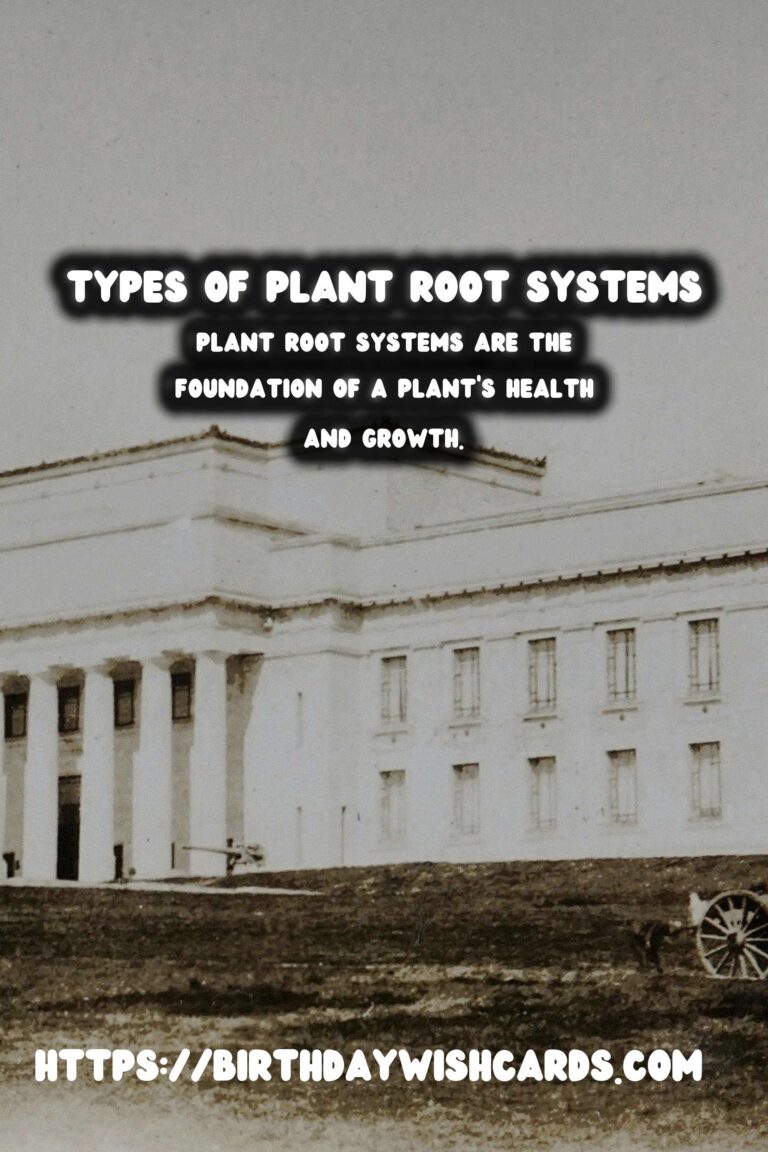
Plant root systems are the foundation of a plant’s health and growth. They play a crucial role in water and nutrient absorption, anchoring plants, and storing food and nutrients for future use. Understanding the different types and functions of plant root systems can help gardeners, farmers, and botanists optimize plant health and identify potential problems early.
What is a Plant Root System?
A plant root system is the network of roots that develops below the surface of the soil. This network serves several critical roles, from anchoring the plant securely in the ground to facilitating the uptake of water and nutrients, which are vital for plant growth and survival.
Types of Plant Root Systems
Taproot System
The taproot system consists of a single, thick main root that grows directly downward, with smaller lateral roots branching out. This type of root system is common in dicotyledonous plants such as carrots, dandelions, and turnips. The primary function of a taproot is to reach deep water sources and anchor the plant firmly in the soil.
Fibrous Root System
Fibrous root systems are characterized by a dense network of thin, thread-like roots. This type is prevalent in monocotyledonous plants such as grasses, wheat, and rice. Fibrous root systems are excellent at binding soil and preventing erosion while providing a robust framework for nutrient absorption.
Adventitious Root System
Adventitious roots emerge from the plant parts that are not traditionally root materials, such as stems and leaves. These roots are common in many grass species and help support the plant by providing additional structures for nutrient uptake and anchorage.
Functions of Plant Root Systems
Absorption of Water and Nutrients
The primary function of plant roots is to absorb water and essential nutrients from the soil. These resources are crucial for photosynthesis and other biochemical processes within the plant.
Anchoring the Plant
Roots firmly anchor the plant into the soil, providing stability and resistance against external forces such as wind and water currents. This function is particularly vital for larger plants and trees that rely on their roots for strong support.
Storage of Nutrients
Roots often serve as storage organs for nutrients and energy reserves. This capability allows plants to survive periods of dormancy or stress by utilizing stored resources when external conditions are not favorable for growth.
Soil Stabilization
By growing into the soil, plant roots stabilize the ground and prevent erosion. This function is crucial in maintaining soil structure and ensuring the long-term health of ecosystems.
Root Systems and Plant Health
An understanding of root systems is essential for diagnosing plant health issues. If roots cannot function properly due to diseases or inadequate soil conditions, the entire plant’s health may be compromised. Regular monitoring and care of root systems can dramatically improve a plant’s vitality and longevity.
Conclusion
Understanding the types and functions of plant root systems is indispensable for anyone working with plants. By knowing how these underground structures operate, one can better care for them and enhance plant growth and health. Whether you are a gardener, a farmer, or just someone interested in botany, appreciating the complexity and importance of root systems is the first step toward successful plant cultivation.
Plant root systems are the foundation of a plant’s health and growth. An understanding of root systems is essential for diagnosing plant health issues. 









#PlantRoots #Botany




